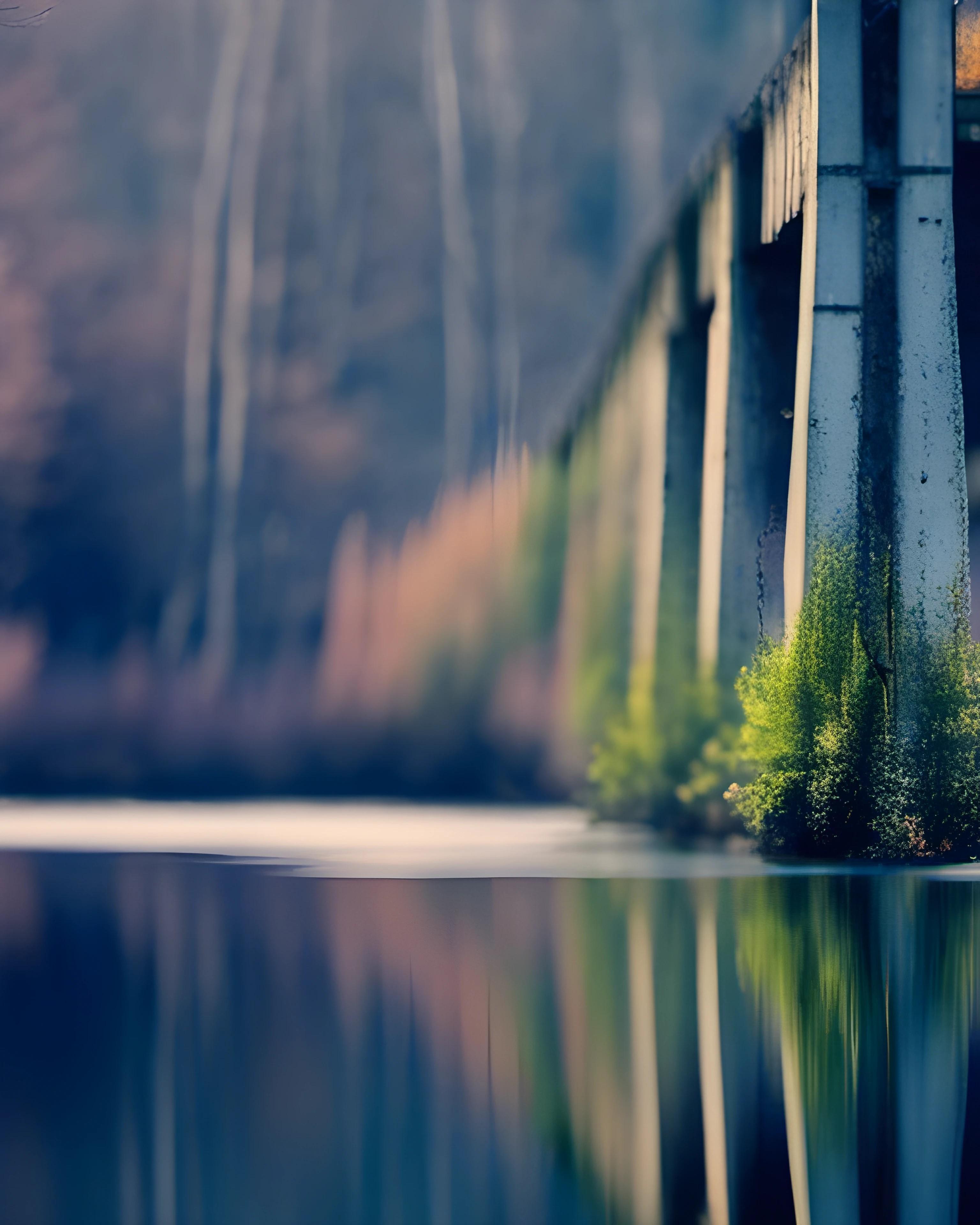

A birch tree’s tale.
Published by Dumbmutt publications ltd, Bristol, 2023
This work is a collaboration between Michele Lavelle ( the author) and Ronnie Rennoldson (The illustrator, responding to the authors story through the use of digital technology)
Typeface is Georgia Pro.
The author hereby asserts their right to be identified as the creator of A birch tree’s tale ‘
The illustrator hereby asserts their right to be identified as the creator of the illustrations contained within ‘A birch tree’s tale ‘
A birch tree’s tale.
Have you ever wondered what trees do all day?
We don’t just sit about waiting for the weather to change. Most, like me, have families and we communicate with each other, a bit like you probably do with yours.
We are gregarious, we notice things, and where possible help make changes. When left to ourselves we live a long time taking stock of everything around us, and we love telling stories.
So this is my story, Betula Pendula, a birch tree currently living in France.
Hi.
My family are sometimes known as the ‘Lady of the Woods’ but it doesn’t mean that we are female or effeminate.
Far from it; we are a pioneer species which means that we are brave and dare to grow in places that are hostile to others.
We can quickly reproduce and inhabit almost any rough ground, areas ravaged by fires, anywhere really so long as there’s plenty of light.
We like a lot of light and we all take care of our siblings and other relatives by giving each other space and sharing the light.

We are graceful and elegant in this respect and don’t have a dense canopy.
Our leaves are small and dainty to allow plenty of sunlight through to the ground.
Our trunks are white when we mature a bit so they also reflect the light.
Our beautiful golden yellow autumn leaves fall to the ground and slowly create enough topsoil for other species to move in and establish themselves in the bed that we have prepared.
We are early colonisers and prepare the way for others to live comfortably

I was born on a disused railway in the middle of the Auvergne.
I wouldn’t be here if the railway line was still running because they sprayed herbicide every year to stop anything growing between and adjacent to the tracks.
The minute they stopped the trains from running, they stopped spraying and the rain eventually washed away all the poison, and so we thrived.

My parents were planted in the garden of PN263, an old signalman’s cottage in Mazerolles, Commune de Teilhet.
They were brought there when they were little, just 1.2 metres tall and unusually grown in pots in a nursery near Hereford.
Trains ran past us daily from Montluçon to Clermont Ferrand with many local stops in between. There were also quite a few freight trains each week trundling past, some with so many carriages I lost count most of the time but once a year there would be a special train.

Our parents told us about the times that a magnificent steam train would go past my home.
There were men racing ahead in their cars to park by the level crossing and be ready to take photos of the steam train with their mega cameras and super long lenses, right on the spot where I now live.
Ironically, I wouldn’t be here if any of the trains were still running, but especially that one.
It is our nature to colonise but also a big risk for our species. If the trains were able to run again then we would be chopped down regardless.

Happily for me and my siblings the railway line is closed because the Viaduct des Fades, near Les Ancizes, needed extensive repairs for it to continue to be safe for trains to use.
When it was built in 1909 as a railway viaduct to span the river Sioule it was the tallest bridge in the world.
Designed by the genius Gustave Eiffel five years before his famous tower in Paris. It was a vital link for the railway connection between Montluçon and Clermont Ferrand.
Even though the viaduct is historically important the funds required to make it stable and safe for trains to cross could not be raised, which is why I'm still here.

My parents also told me about another bridge less than 500m away that needed repair and has been completed.
It is just a small road bridge that needed the parapets strengthened so that cars couldn’t end up on the railway line below.
However, while the works were being carried out the bridge and railway line were used in a spectacular scene in the Transporter 3 film. The transporter, played by Jason Stratham, drove his car off the bridge and landed on the roof of a passing train. He needed to board the train discreetly to challenge a criminal on board. .

Well, my story is over for now and while the world gets on being exciting my siblings are peacefully inhabiting other tracks and preparing for new species and neighbours to move in. The end . (Fin)

Michele Lavelle: Biography
Michele is an award winning landscape architect, lecturer and author.
Praesent euismod ante ut mi sodales, dictum molestie eros
tempor. Maecenas vel finibus massa. Donec sit amet leo in ante cursus pretium et ut augue. Vivamus augue urna, semper a ante
rutrum, pharetra pulvinar nibh. Pellentesque dapibus augue ut facilisis sagittis.
Proin feugiat eros ac justo gravida faucibus. Nulla ut ex hendrerit, congue ex quis, vulputate dui. Curabitur non risus egestas lectus blandit efficitur.
Aliquam nunc eros, ultrices vitae nisl in, sodales tincidunt ipsum. Phasellus suscipit lacinia volutpat. Fusce at ante eu erat mattis pretium. Etiam scelerisque, diam vel pellentesque hendrerit, dolor augue rhoncus odio, et facilisis dolor eros eu velit. Quisque id enim dignissim, tincidunt dui et, auctor magna.
consectetur adipiscing elit. Integer euismod ex sed turpis fringilla faucibus. Morbi et odio eget leo hendrerit lobortis quis eget sapien.
 Michele at Schipol airport.
Michele at Schipol airport.
Ronnie Rennoldson: Biography
Ronnie is an award winning architect, published photographer, Abstract Artist and author.
Born in Germany to army parents, and living in garrison towns in both England and Germany, summers were spent in Berlin with his German family negotiating the impact of both a divided Germany and the Berlin wall.
Ronnie initially studied under the Scottish colourist, John Nelson, at Stevenson College in Edinburgh but then, studied at Duncan of Jordanstone College of Art and Design before graduating with degrees in Architecture.
Ronnie and Michele have collaborated on many projects together including award winning architecture and landscape projects but now, Ronnie works full time from his Bristol based studio.
The illustrations in this edition of A Birch Tree’s Tale were all created over a period of months using digital technology and modified to match Michele's words.
A portrait of the Artist as a Young Boy.
An early portrait of me taken by my father in Berlin, armed with trumpet and balloon (which I really hope was red )

